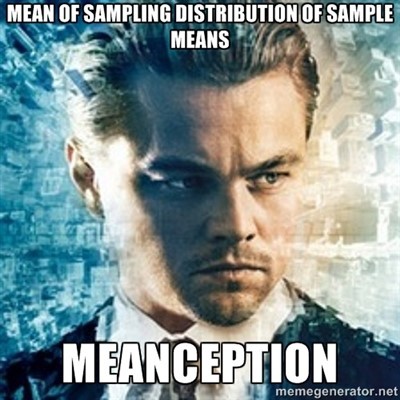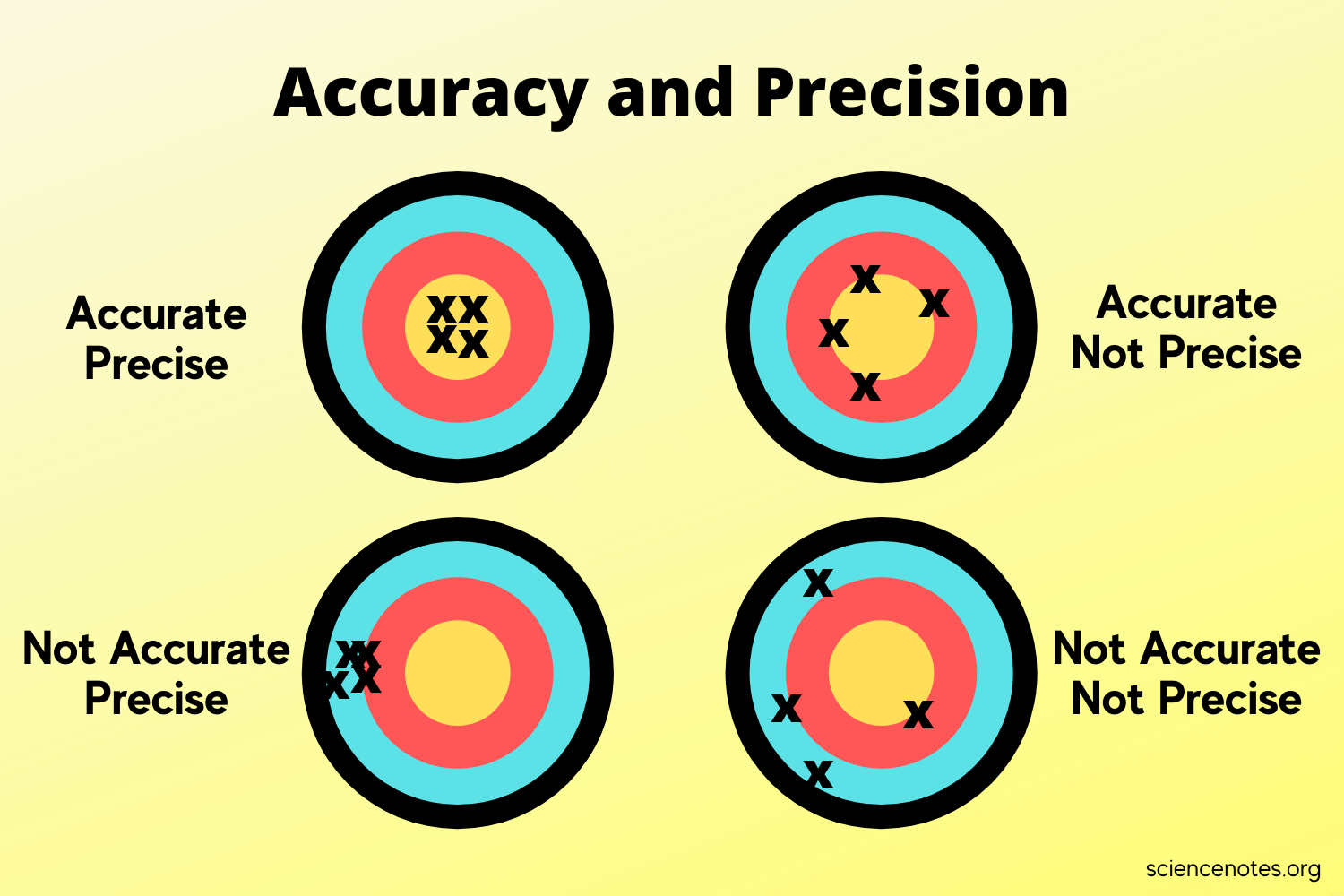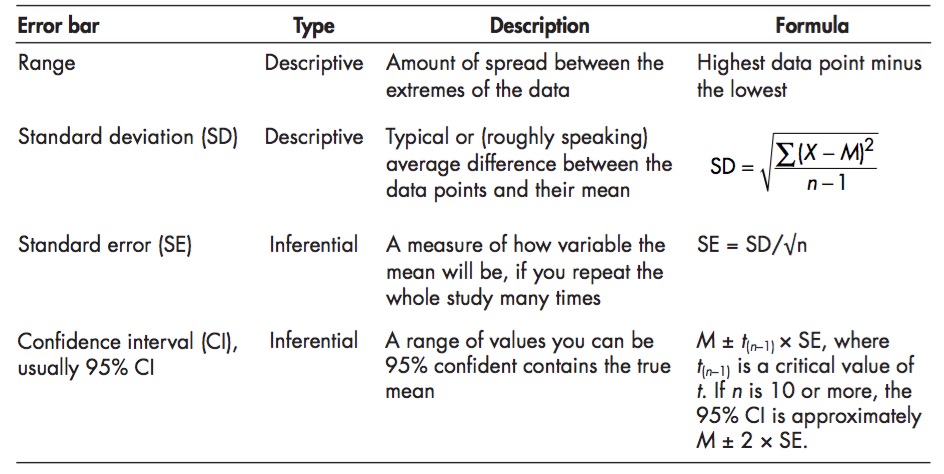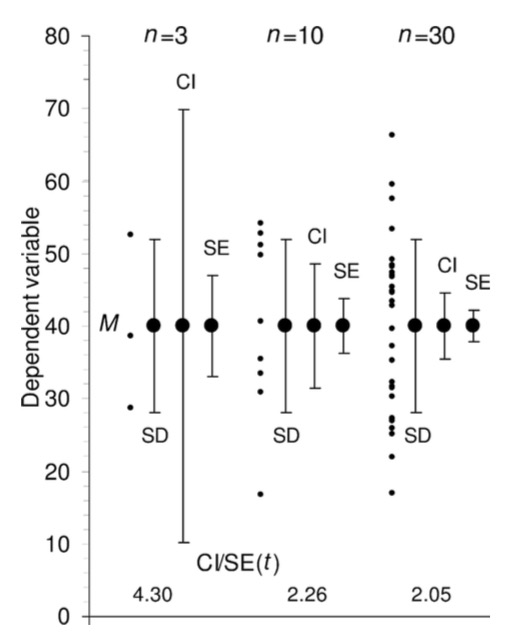class: middle, center # Sampling Distributions  --- # Last Time: Sample Versus Population <img src="04_sampling_dist_files/figure-html/samp_pop_plot-1.png" style="display: block; margin: auto;" /> --- # Sample Properties: **Mean** `$$\bar{x} = \frac{ \displaystyle \sum_{i=1}^{n}{x_{i}} }{n}$$` `\(\large \bar{x}\)` - The average value of a sample `\(x_{i}\)` - The value of a measurement for a single individual n - The number of individuals in a sample `\(\mu\)` - The average value of a population (Greek = population, Latin = Sample) --- class: center, middle # Our goal is to get samples representative of a population, and estimate population parameters. We assume a **distribution** of values to the population. --- # Probability Distributions <img src="04_sampling_dist_files/figure-html/normplot-1.png" style="display: block; margin: auto;" /> --- # Probability Distributions Come in Many Shapes <img src="04_sampling_dist_files/figure-html/dists-1.png" style="display: block; margin: auto;" /> --- # Sample Versus Sampling Distributions - A sampling distribution is the distribution of estimates of population parameters if we repeated our study an infinite number of times. - For example, if we take a sample with n = 5 of plant heights, we might get a mean of 10.5cm. If we do it again, 8.6cm. Again, 11.3cm, etc.... - Repeatedly sampling gives us a distribution, and a measure of how precise our ability to estimate a population parameter is --- class:middle .center[] - Accuracy represents *is your estimate of a population parameter baised*. - Precision tells us the *variability in replicate measurements of a population parameter* --- # A simple simulation Let's say you sampled a population of corals and assessed Zooxanthelle concentration. You did this with n = 10, an then calculated the average concentration per coral. <img src="04_sampling_dist_files/figure-html/conc_10-1.png" style="display: block; margin: auto;" /> --- # A simple simulation Now do it again 10 more times <img src="04_sampling_dist_files/figure-html/unnamed-chunk-1-1.png" style="display: block; margin: auto;" /> --- # What's the Distribution of Those Means? <img src="04_sampling_dist_files/figure-html/mean_dist_10-1.png" style="display: block; margin: auto;" /> --- # What About After 1000 repeated sample events with n = 10? <img src="04_sampling_dist_files/figure-html/mean_100-1.png" style="display: block; margin: auto;" /> -- This is a **sampling distribution** and looks normal for the mean. --- # Does Sample Size Matter? <img src="04_sampling_dist_files/figure-html/mean_many_n-1.png" style="display: block; margin: auto;" /> -- This looks normal, with different SD? --- class: center, middle # **Central Limit Theorem** The distribution of means of a sufficiently large sample size will be approximately normal https://istats.shinyapps.io/sampdist_cont/ https://istats.shinyapps.io/SampDist_discrete/ -- ## This is true for many estimated parameters based on means --- # So what about the SD of the Simulated Estimated Means? <img src="04_sampling_dist_files/figure-html/mean_many_n-1.png" style="display: block; margin: auto;" /> --- class: center, middle # The Standard Error <br><br> .large[ A standard error is the standard deviation of an estimated parameter if we were able to sample it repeatedly. It measures the precision of our estimate. ] --- class: large # So I always have to repeat my study to get a Standard Error? -- ## .center[**No**] -- Many common estimates have formulae, e.g.: `$$SE_{mean} = \frac{s}{\sqrt(n)}$$` --- # Others Have Complex Formulae for a Single Sample, but Still Might be Easier to Get Via Simulation - e.g., Standard Deviation <img src="04_sampling_dist_files/figure-html/sd_100-1.png" style="display: block; margin: auto;" /> ``` 2.5% 33% 66% 97.5% 1.189182 4.462456 7.290618 12.960790 ``` --- class: large # Standard Error as a Measure of Confidence -- .center[.red[**Warning: this gets weird**]] -- - We have calculated our SE from a **sample** - not the **population** -- - Our estimate ± 1 SE tells us 2/3 of the *means* we could get by **resampling this sample** -- - This is **not** 2/3 of the possible **true parameter values** -- - BUT, if we *were* to sample the population many times, 2/3 of the time, the sample-based SE will contain the "true" value --- # Confidence Intervals .large[ - So, 1 SE = the 66% Confidence Interval - ~2 SE = 95% Confidence Interval - Best to view these as a measure of precision of your estimate - And remember, if you were able to do the sampling again and again and again, some fraction of your intervals would *not* contain a true value ] --- class: large, middle # Let's see this in action ### .center[.middle[https://istats.shinyapps.io/ExploreCoverage/]] --- # Frequentist Philosophy .large[The ideal of drawing conclusions from data based on properties derived from theoretical resampling is fundamentally **frequentist** - i.e., assumes that we can derive truth by observing a result with some frequency in the long run.] <img src="04_sampling_dist_files/figure-html/CI_sim-1.png" style="display: block; margin: auto;" /> --- # SE, SD, CIs.... They are Different  .bottom[.small[.left[[Cumming et al. 2007 Table 1](http://byrneslab.net/classes/biol-607/readings/Cumming_2007_error.pdf)]]] --- # SE (sample), CI (sample), and SD (population) visually .center[] .bottom[.small[.left[[Cumming et al. 2007 Table 1](http://byrneslab.net/classes/biol-607/readings/Cumming_2007_error.pdf)]]] --- # So what does this mean? <img src="04_sampling_dist_files/figure-html/one_ci-1.png" style="display: block; margin: auto;" /> --- # 95% CI and Frequentist Logic - Having 0 in your 95% CI means that, we you to repeat an analysis 100 times, 0 will be in 95 of the CIs of those trials. -- - In the long run, you have a 95% chance of being wrong if you say that 0 is not a possible value. -- - But..... why 95%? Why not 80% Why not 75%? 95% can be finicky! -- - Further, there is no probability of being wrong about sign, just, in the long run, you'll often have a CI overlapping 0 given the design of your study -- - A lot depends on how well you trust the precision of your estimate based on your study design